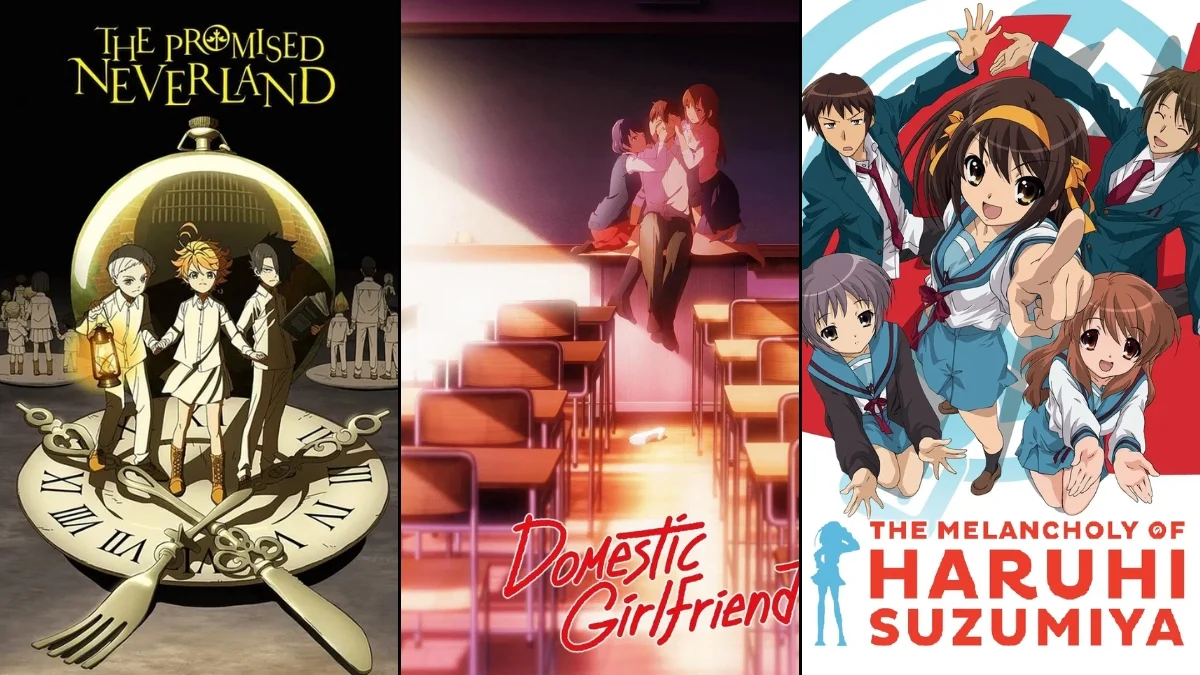
Memorable anime openings grab your attention immediately with a great combination of music, animation, and overall feeling—even before the story begins. The most effective ones aren’t just entertaining; they set the stage for the series, create a vivid world in a short amount of time, and sometimes even become popular songs themselves. This list highlights anime openings that are particularly well-made, creatively directed, and culturally impactful. You’ll find details about the songs, artists, animation studios, and how each opening was created, making it a useful guide to understand why these openings remain popular years later in playlists and online clips.
‘Neon Genesis Evangelion’ (1995) – “A Cruel Angel’s Thesis” by Yoko Takahashi
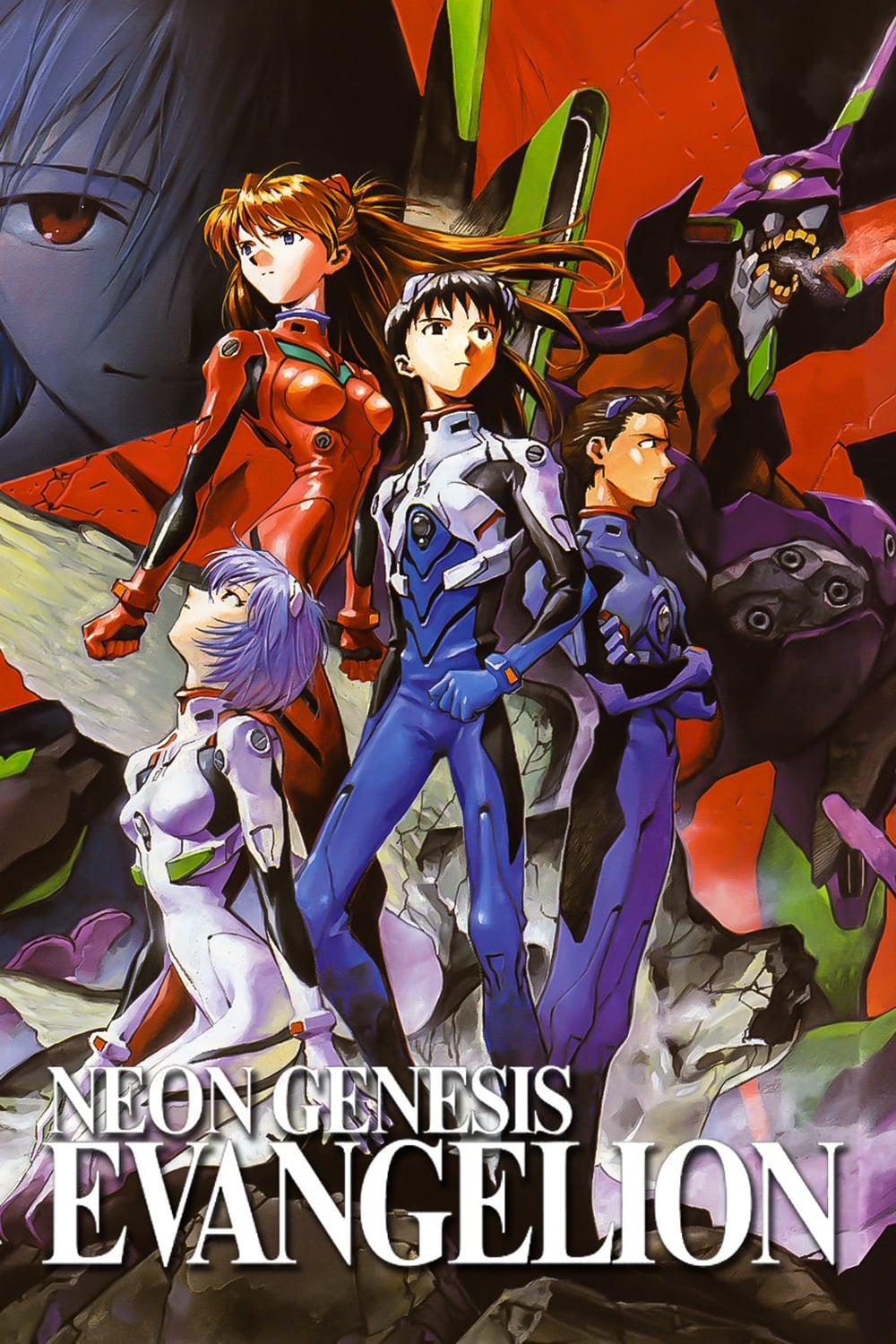
The full-length version of the song first aired on TV Tokyo in October 1995 and rapidly became a popular choice for karaoke singers in Japan. The opening sequence uses quick cuts, text effects, and character images to hint at the show’s themes of psychology and religion. Released by King Records, the song has been re-released several times, consistently appearing on music charts and receiving numerous cover versions. Its distinctive visual style—with credits moving over dark outlines and historical footage—influenced the typography of many subsequent opening sequences.
‘Tokyo Ghoul’ (2014) – “Unravel” by TK from Ling Tosite Sigure
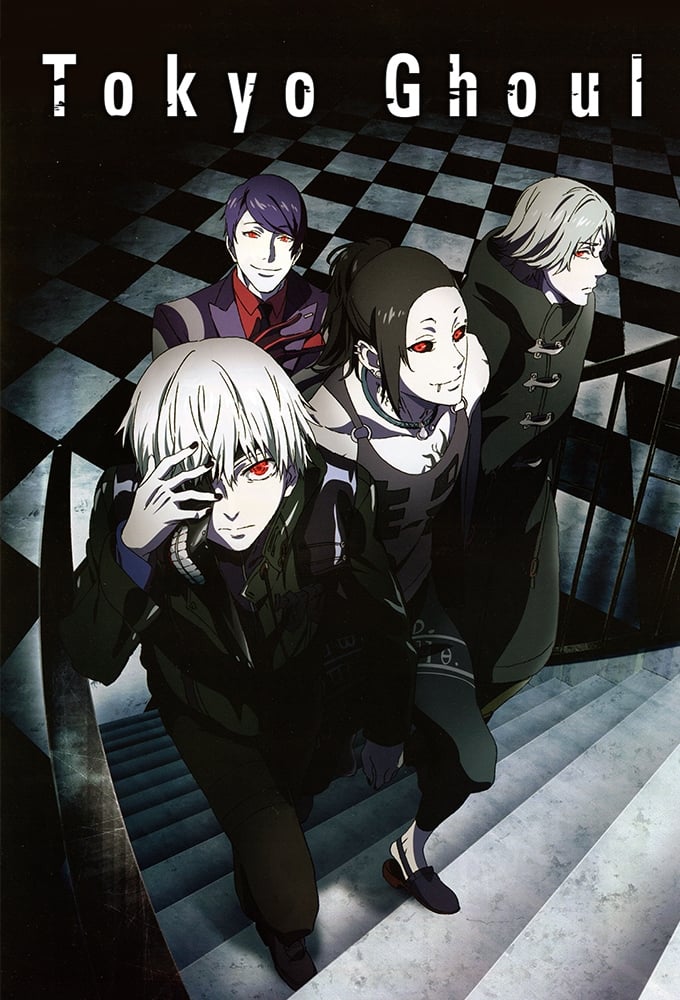
The song’s high-pitched vocals and changing pace reflect the show’s core ideas, while the opening’s muted colors and distorted effects hint at the disturbing body horror to come. Created by Studio Pierrot, the sequence prominently features Kaneki’s mask and the red and black colors that became well-known throughout the series. Released by Sony Music, the song performed well digitally both in Japan and internationally, maintaining popularity over time. Its simple visual style also made it a popular starting point for fan-made edits and tributes.
‘The Melancholy of Haruhi Suzumiya’ (2006) – “Bouken Desho Desho?” by Aya Hirano

The opening sequence of Kyoto Animation’s show focuses on showing the characters and everyday school life, establishing a relaxed and charming tone before the more complex plot elements begin. The opening song, released by Lantis, helped launch both the series and the singer Aya Hirano to wider recognition. Although the ending dance became famous online, the opening’s smooth transitions and vibrant colors effectively created a lighthearted, comedic atmosphere. The TV broadcast versions were carefully edited to synchronize the visuals with the beat of the song.
‘Noragami’ (2014) – “Goya no Machiawase” by Hello Sleepwalkers

The music video for Bones’ latest song uses a striking black and white aesthetic with pops of neon color. It blends cityscapes and dynamic camera movements to create a modern, mythical atmosphere for the band Yato. Released by A-Sketch, the video gained attention from international viewers. The visuals feature urban elements like street signs and alleyways, with typography that emphasizes the band’s concept of a ‘god-for-hire’. The fast-paced editing, synchronized with the drum beats and quick character introductions, makes the chorus a perfect highlight for promotional videos.
‘Domestic Girlfriend’ (2019) – “Kawaki wo Ameku” by Minami

The music video uses quick cuts to close-ups, dramatic transitions with broken glass effects, and bold color choices to highlight the complicated romantic relationships within the show. Released through FlyingDog, the song quickly became popular on Japanese streaming platforms, bringing wider recognition to Minami’s songwriting. The video strengthens its emotional impact by repeatedly using images like rain, window frames, and editing the visuals to match the song’s lyrics. It builds anticipation before each chorus with energetic jump cuts timed perfectly to the beat.
‘Dororo’ (2019) – “Kaen” by Queen Bee (Ziyoou-vachi)

The animation studio MAPPA uses a distinctive style in this opening – combining traditional ink-wash effects with dramatic lighting to capture the historical setting and hint at the story’s focus on body parts. The singer’s powerful, stage-like vocals drive the chorus, while the action sequences feature fast-paced sword fights shown as blurred figures. Released through Sony Music, the single helped the band reach a wider international audience through live streaming. Recurring images like artificial limbs, fire, and demonic figures are used to quickly preview elements from each week’s episode.
‘Demon Slayer: Kimetsu no Yaiba’ (2019) – “Gurenge” by LiSA
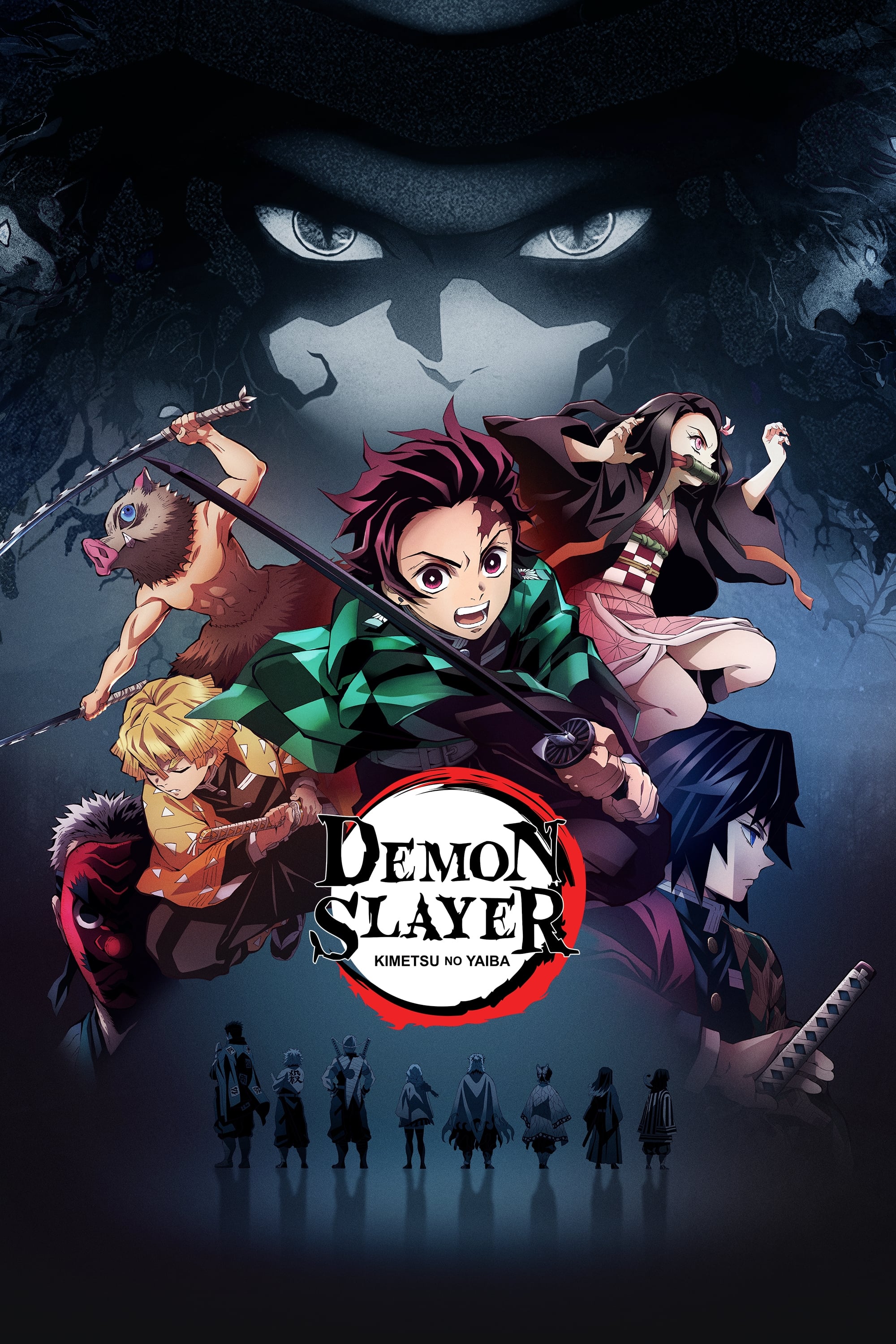
Ufotable’s visually stunning scenes, created with layered effects and dynamic camera work, perfectly complement the song’s powerful and uplifting melody. Released by SACRA MUSIC, the single quickly became popular, earning certifications and appearing frequently on anime playlists. The opening sequence uses color to link each character’s fighting style to specific elements, giving viewers a quick visual cue to their abilities. Brief flashbacks to family and close-ups of unique earrings help new viewers understand the characters’ backgrounds.
‘Jujutsu Kaisen’ (2020) – “Kaikai Kitan” by Eve
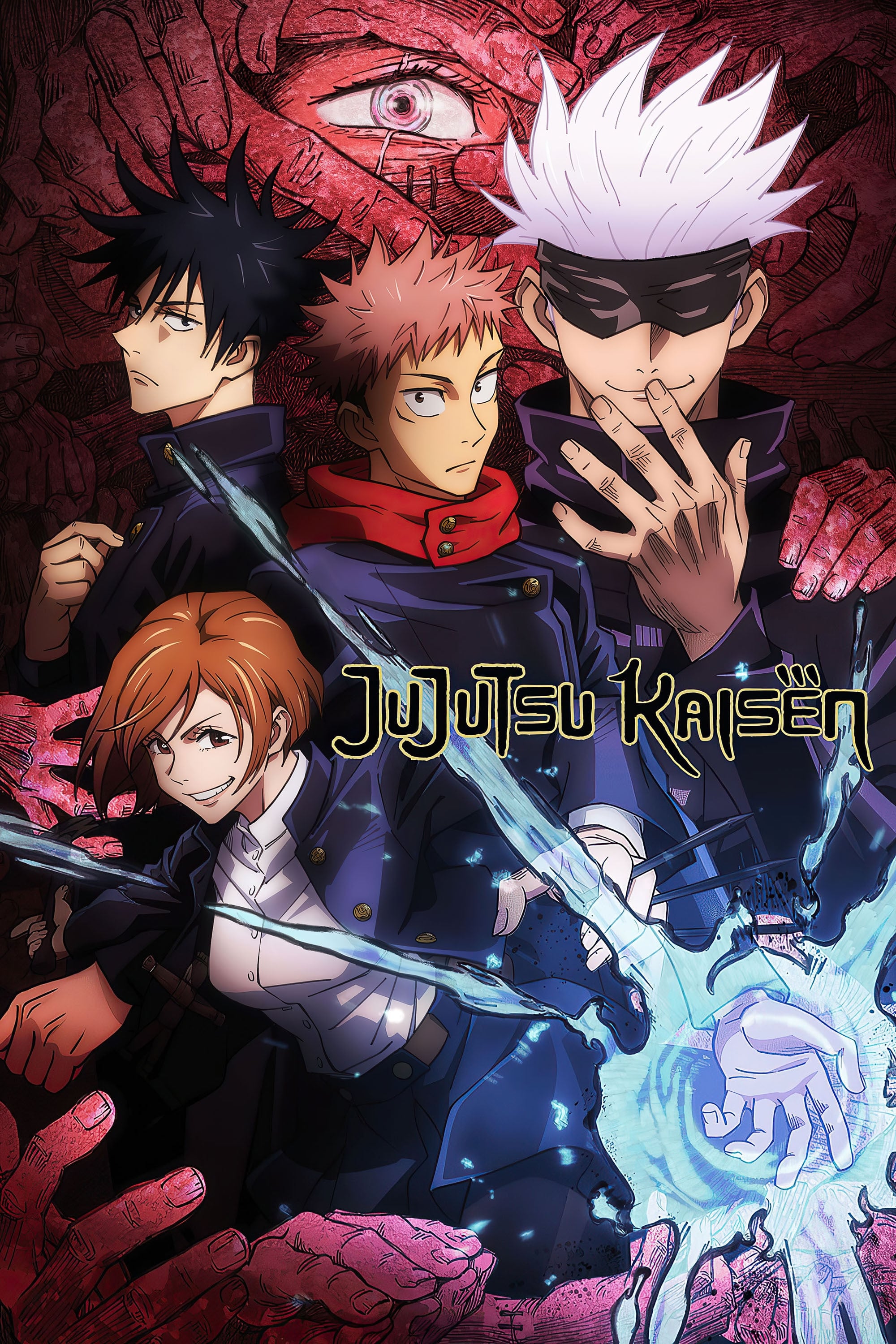
MAPPA’s opening animation for the series cleverly blends the energy of Tokyo nightlife with a unique, hand-drawn style and eerie, transitional spaces to ground the show’s supernatural curses in a relatable setting. The song, released by Toy’s Factory, was a hit and boosted Eve’s popularity on YouTube. The animation also uses humor – showing characters relaxing before fights – to highlight the dramatic shifts the series explores. A particularly striking technique involves syncing the appearance of curse silhouettes with the beat of the music, resulting in visually arresting moments perfect for promotional artwork.
‘Vinland Saga’ (2019) – “MUKANJYO” by Survive Said The Prophet

The opening sequence from WIT Studio effectively shows the wide range of locations in this story, contrasting beautiful landscapes with quick action scenes. The song, released by Sony Music, blends English lyrics with a powerful, post-hardcore sound that reflects the series’ growing popularity internationally. Recurring images like ships, winter skies, and the relationship between fathers and sons appear throughout the song’s build-up, highlighting the characters’ journeys of growth. The editing style uses smooth, sweeping camera movements that suddenly cut to the beat of the music, creating a dynamic and impactful visual experience.
‘Erased’ (2016) – “Re:Re:” by Asian Kung-Fu Generation
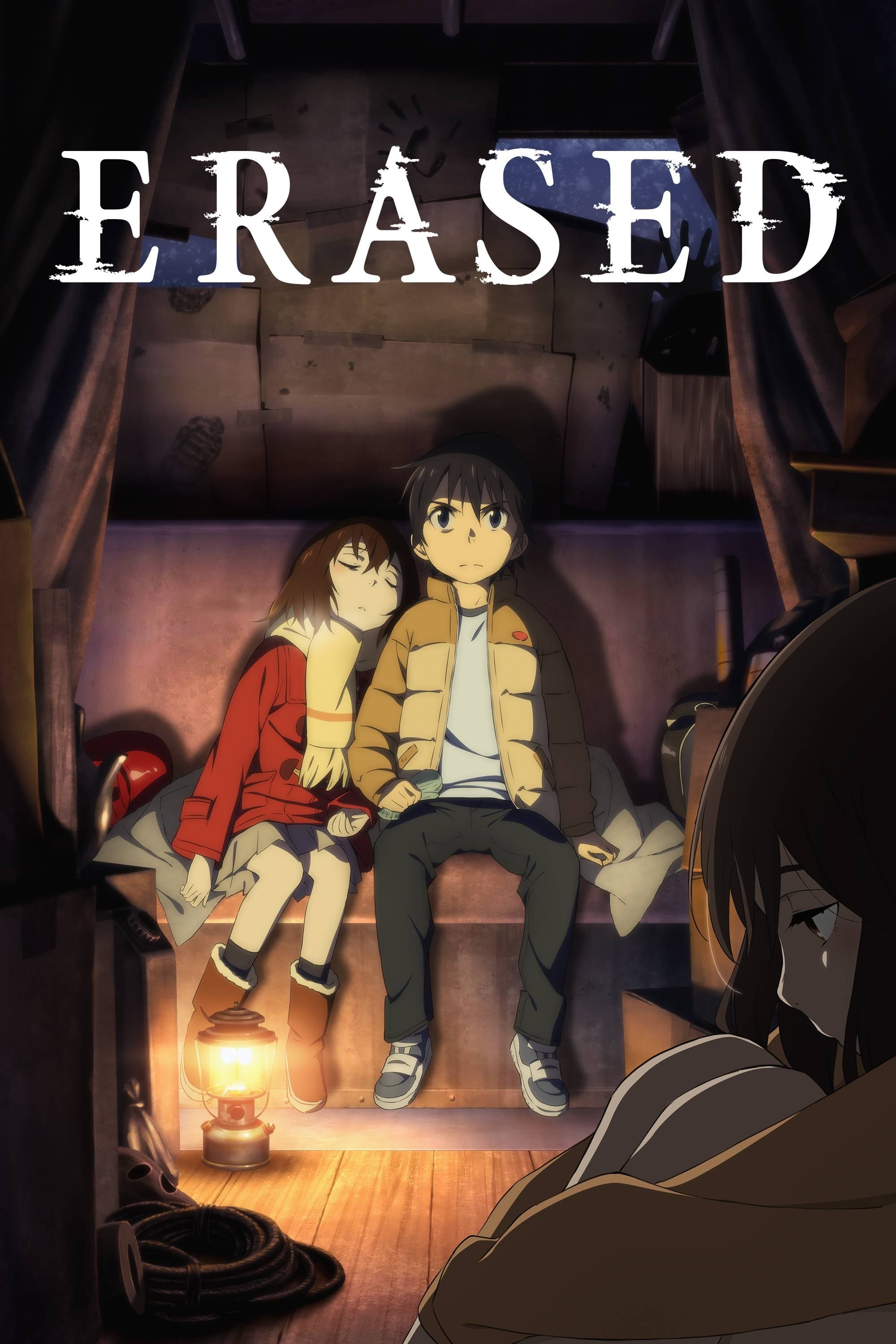
This single is a new version of an older song, released in connection with a Fuji TV anime series. The opening animation, created by A-1 Pictures, uses nostalgic imagery like old photos, film-like effects, and snow to hint at the show’s time-traveling story. The song’s chorus is timed with quick cuts between scenes from the present and the past, using visual connections like matching shots of hands, bicycles, and classroom windows. The text on screen is designed to look like a case file, complete with dates and red markings.
‘Beastars’ (2019) – “Wild Side” by ALI

The opening sequence stands out thanks to its unique stop-motion animation, created using felt and clay figures by Studio Orange and Dwarf Studios – a departure from the show’s usual computer-generated imagery. A catchy jazz-funk beat accompanies a miniature, intricately crafted scene depicting a predator-prey courtship. Clever lighting – including spotlights, shadows, and paper backdrops – establishes the genre and atmosphere without any need for dialogue. This sequence became a celebrated example of innovative mixed-media animation towards the end of the 2010s.
‘The Promised Neverland’ (2019) – “Touch Off” by UVERworld
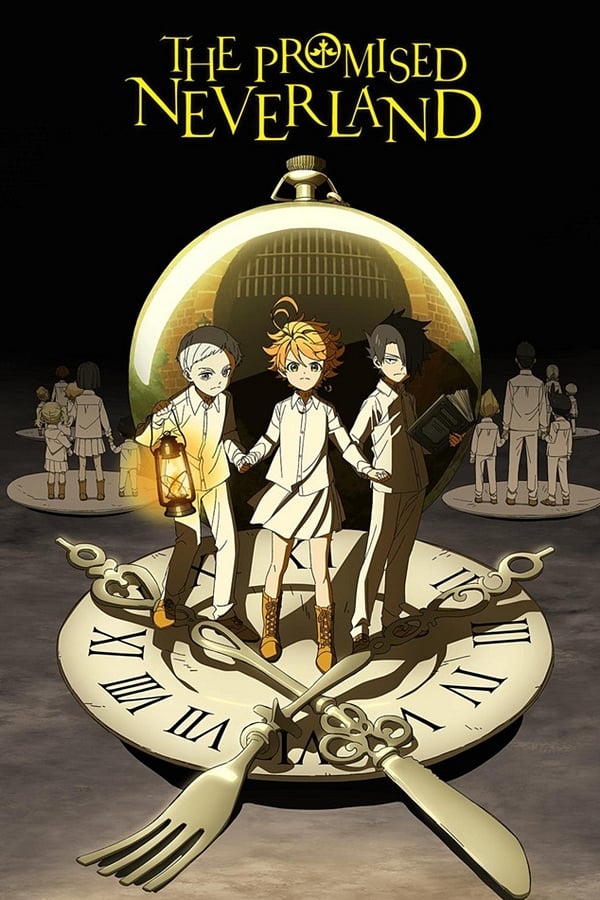
The opening sequence from CloverWorks uses repeating images of mazes, broken lines, and the layout of the orphanage. The song, performed by UVERworld and released by Sony Music, has a fast-paced rhythm that matches quick cuts, like surveillance footage. Recurring visuals – numbers, ropes, and window patterns – hint at future events without giving too much away. The chorus features scenes of escape, which are then used as short clips to recap each episode.
‘Chainsaw Man’ (2022) – “Kick Back” by Kenshi Yonezu

MAPPA’s opening sequence is packed with nods to classic films, using dynamic camera angles and a grainy film aesthetic. The song, released by Sony Music, quickly became a number one hit in Japan and gained millions of streams worldwide. The visuals cleverly switch between everyday scenes and shocking monster appearances, creating a funny and unsettling effect. The timing of the credits and bursts of color coincide with the music’s bass, making the teasers particularly captivating.
‘Fire Force’ (2019) – “Inferno” by Mrs. GREEN APPLE
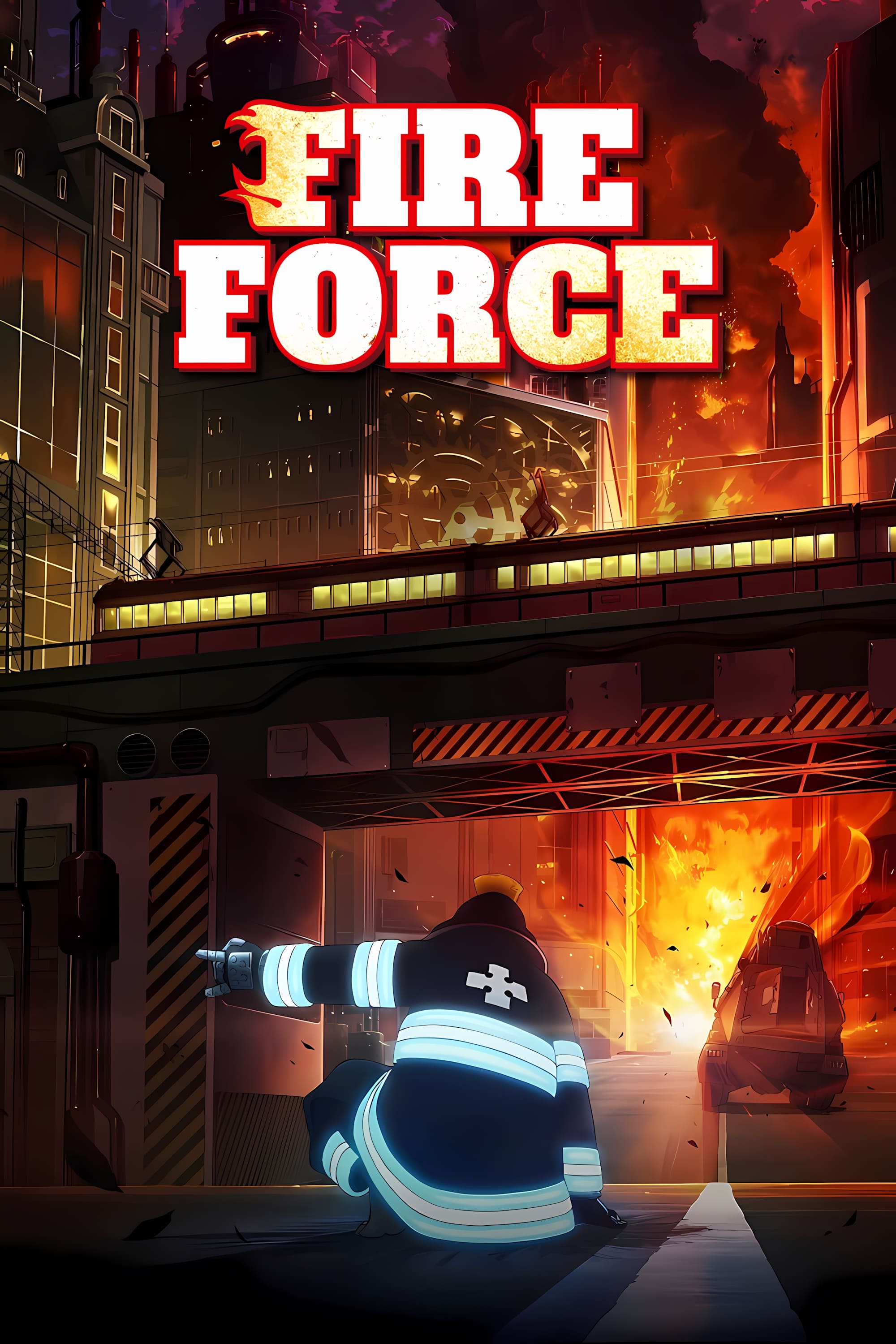
The opening sequence from David Production is visually striking, using impressive fire effects and sweeping camera movements through cities to portray firefighting as a grand spectacle. The accompanying single, released by Universal Music, helped the band gain international recognition during the live broadcast. Distinctive imagery – like flashing helmets, dirty uniforms, and blue stripes – creates a memorable visual style. The song’s chorus is perfectly synchronized with the visuals, matching the arcs of water from the hoses and quick cuts in the video to the beat of the cymbals, creating a clear and energetic rhythm.
‘Soul Eater’ (2008) – “Resonance” by T.M.Revolution
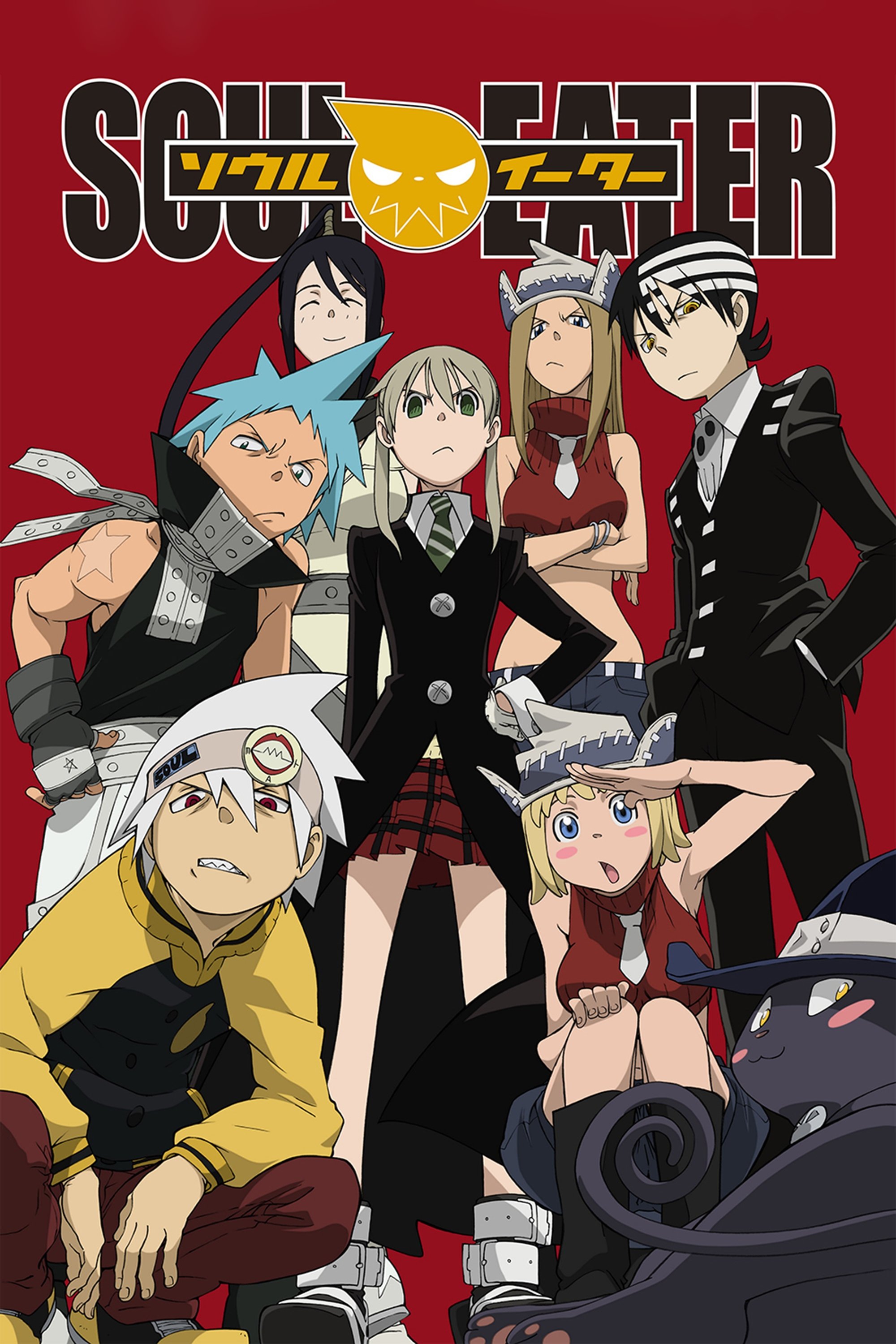
The opening animation for Bones’ series uses bold colors – deep oranges and blacks – and sharply defined character lines to create a dark and energetic atmosphere. Released by Epic Records Japan, the sequence is designed with a build-up in the pre-chorus that leads directly into fast-paced shots of weapons changing form. Distinctive tilted camera angles and the recurring image of scythes were prominently featured in promotional materials. The opening also includes a simple, memorable set of icons – moons, teeth, and skulls – to help viewers easily recognize the series in advertising.
‘Paranoia Agent’ (2004) – “Dream Island Obsessional Park” by Susumu Hirasawa
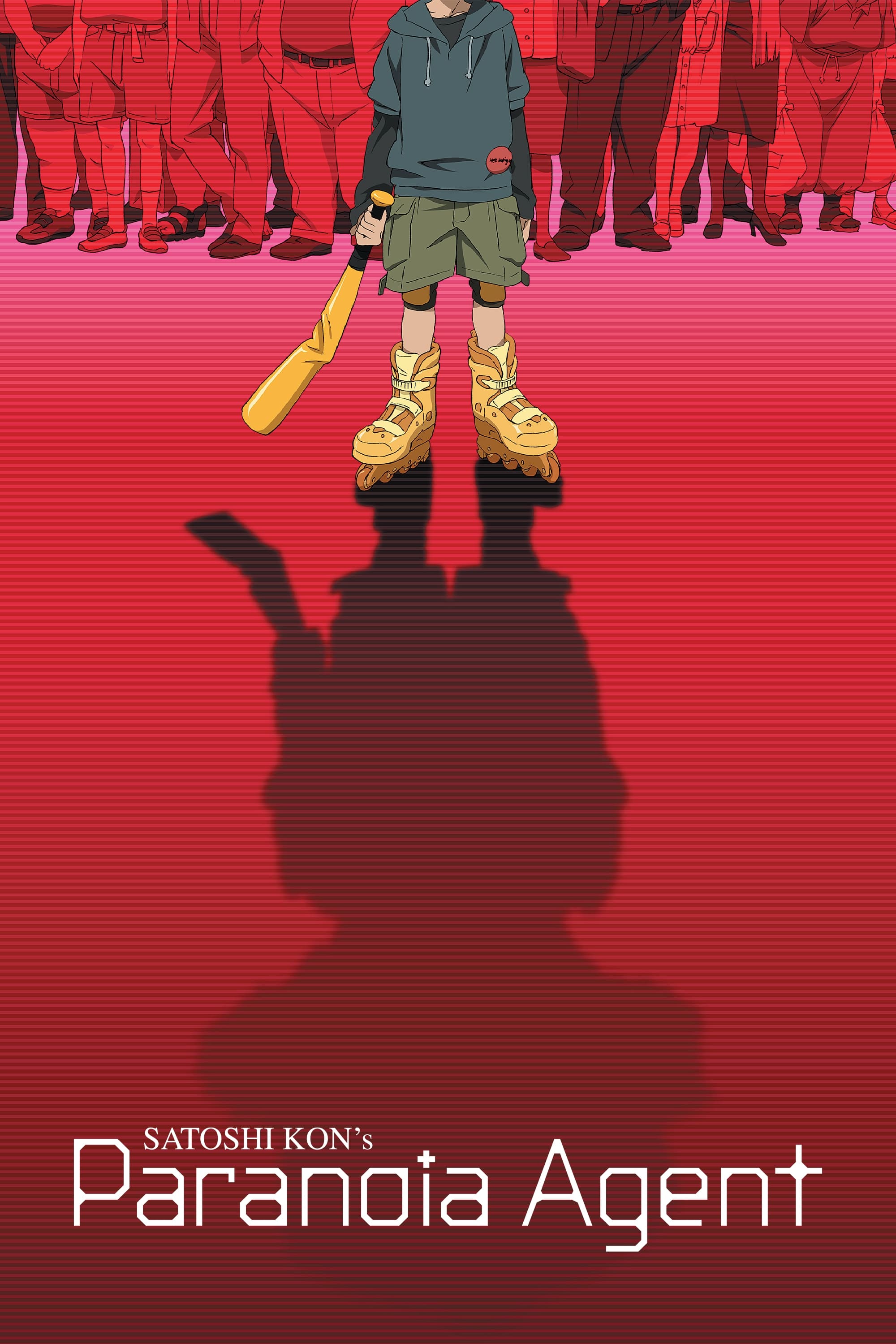
The opening sequence of Madhouse’s series, created while Satoshi Kon was involved, uses unsettling, forced smiles against scenes of disaster to create a dreamlike and strange atmosphere. The music, featuring artificial choir sounds and a repeating pattern, works with the show’s looped visuals. Throughout the episodes, you’ll notice recurring images like city signs, trains, and reflections on water. The ending credits use plain, simple lettering so the focus remains on the show’s unusual character displays.
‘Death Parade’ (2015) – “Flyers” by BRADIO
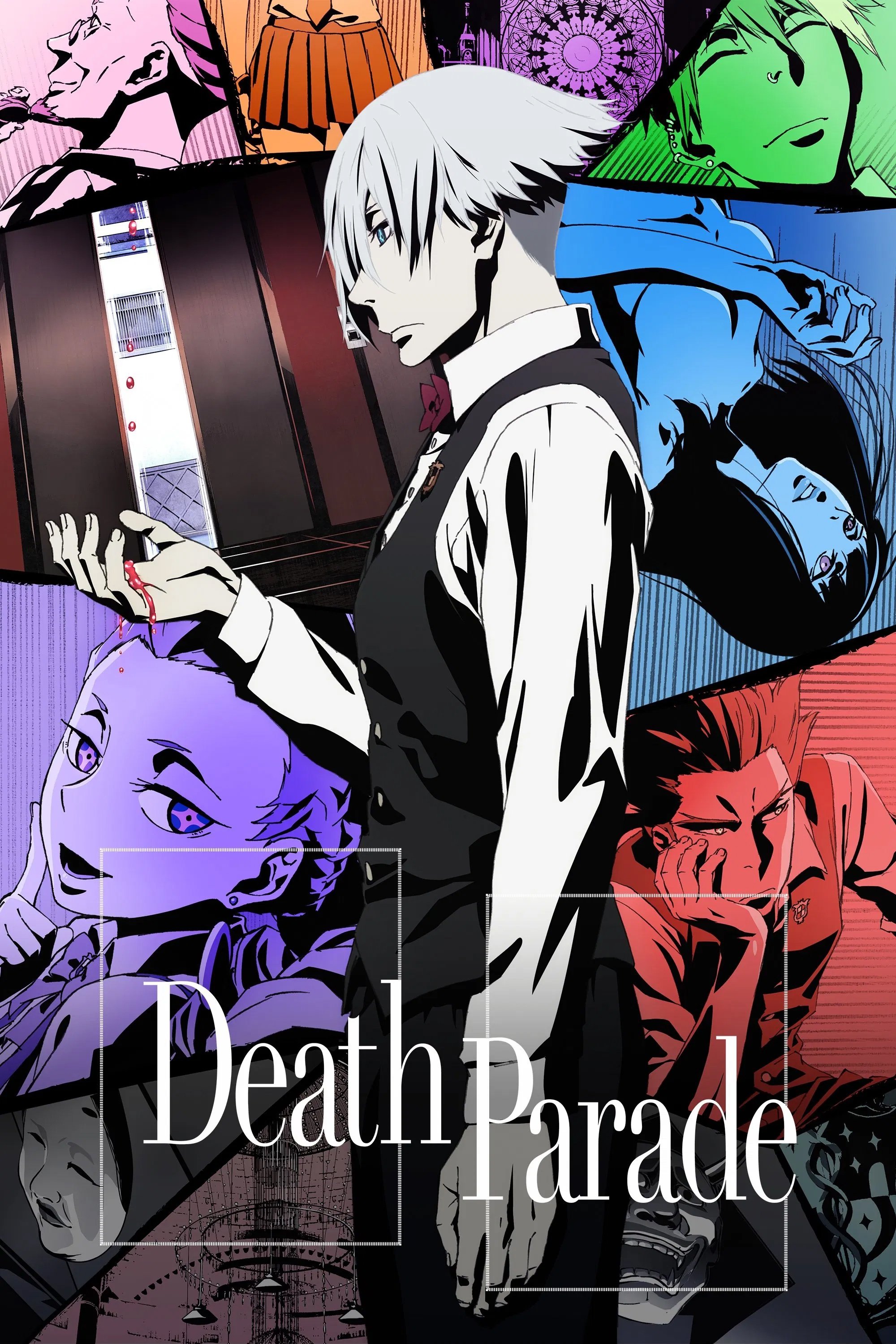
As a film and animation fan, I was immediately struck by how the opening sequence establishes the vibe. It opens with a lively lounge-dance number that instantly tells you where the story takes place and hints at a series of connected events. The song itself, released by Warner Music Japan, has really helped BRADIO gain fans worldwide through streaming. What’s really clever is the choreography – it’s built around quick, dramatic pauses timed to the music, making it perfect for creating shareable GIFs. Visually, the sequence is striking too – it shifts from the muted tones of the bar to bright, colorful spotlights during the chorus, which is a really cool effect.
‘Attack on Titan’ (2013) – “Guren no Yumiya” by Linked Horizon

The opening sequence from WIT Studio combines impressive military formations with large-scale action, and features dramatic choral music reminiscent of Latin hymns. Released by Pony Canyon, the song quickly became a hit and a staple on anime music charts. The visuals are fast-paced, with quick camera movements over rooftops and walls that sync with the music. Iconic shots of emblems and characters saluting make it easy to create memorable marketing materials and episode recaps.
‘Steins;Gate’ (2011) – “Hacking to the Gate” by Kanako Itou
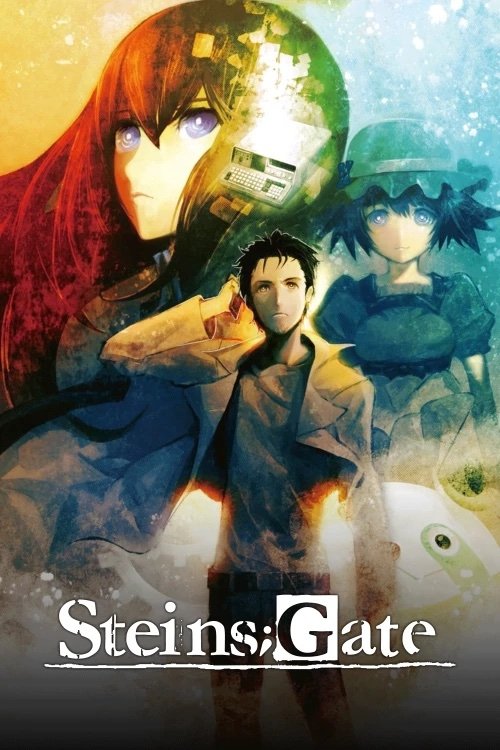
White Fox uses striking visuals – like the lines from old CRT screens, clockwork gears, and city street crossings – to emphasize the game’s time-loop story. This opening sequence, released by 5pb., connects to the music already established in the series. The colors – a mix of teal, gray, and bright neon – create a futuristic, dark atmosphere that continues in the episode previews. The editing is timed to the beat of the music, with close-ups of characters highlighting key moments.
‘Berserk’ (1997) – “Tell Me Why” by PENPALS
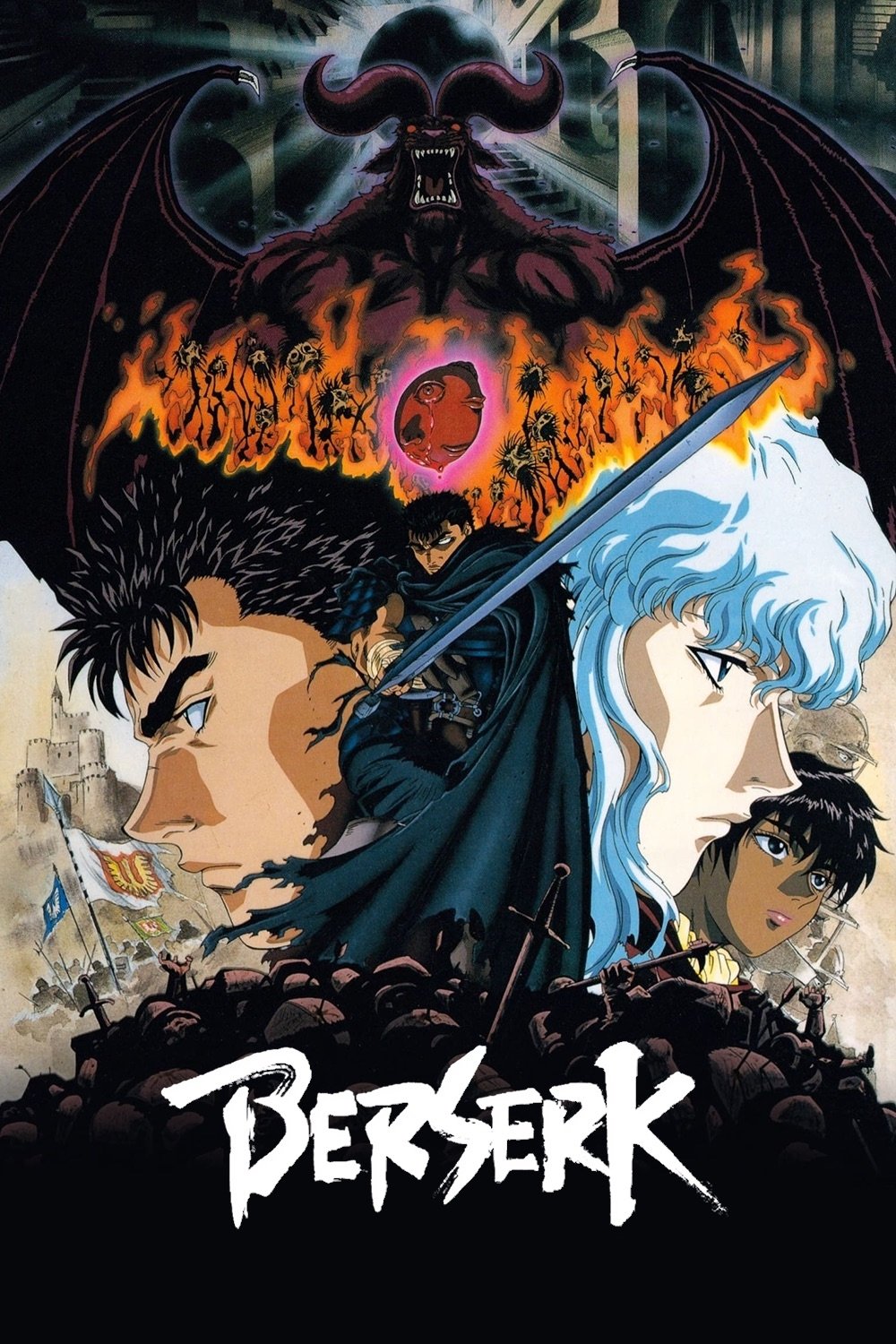
The opening theme for OLM’s series blends modern alternative rock music with imagery inspired by the Middle Ages, helping it stand out from other fantasy shows of the late 1990s. The song itself, popular within the Japanese rock scene of the late 90s, became strongly linked to the series’ television run. The visuals feature energetic, concert-style scenes of the characters, interwoven with brief flashbacks that introduce the main cast. The editing is simple and effective, using smooth transitions and camera movements that sync with the beat of the chorus.
‘Fullmetal Alchemist’ (2003) – “Ready Steady Go” by L’Arc~en~Ciel
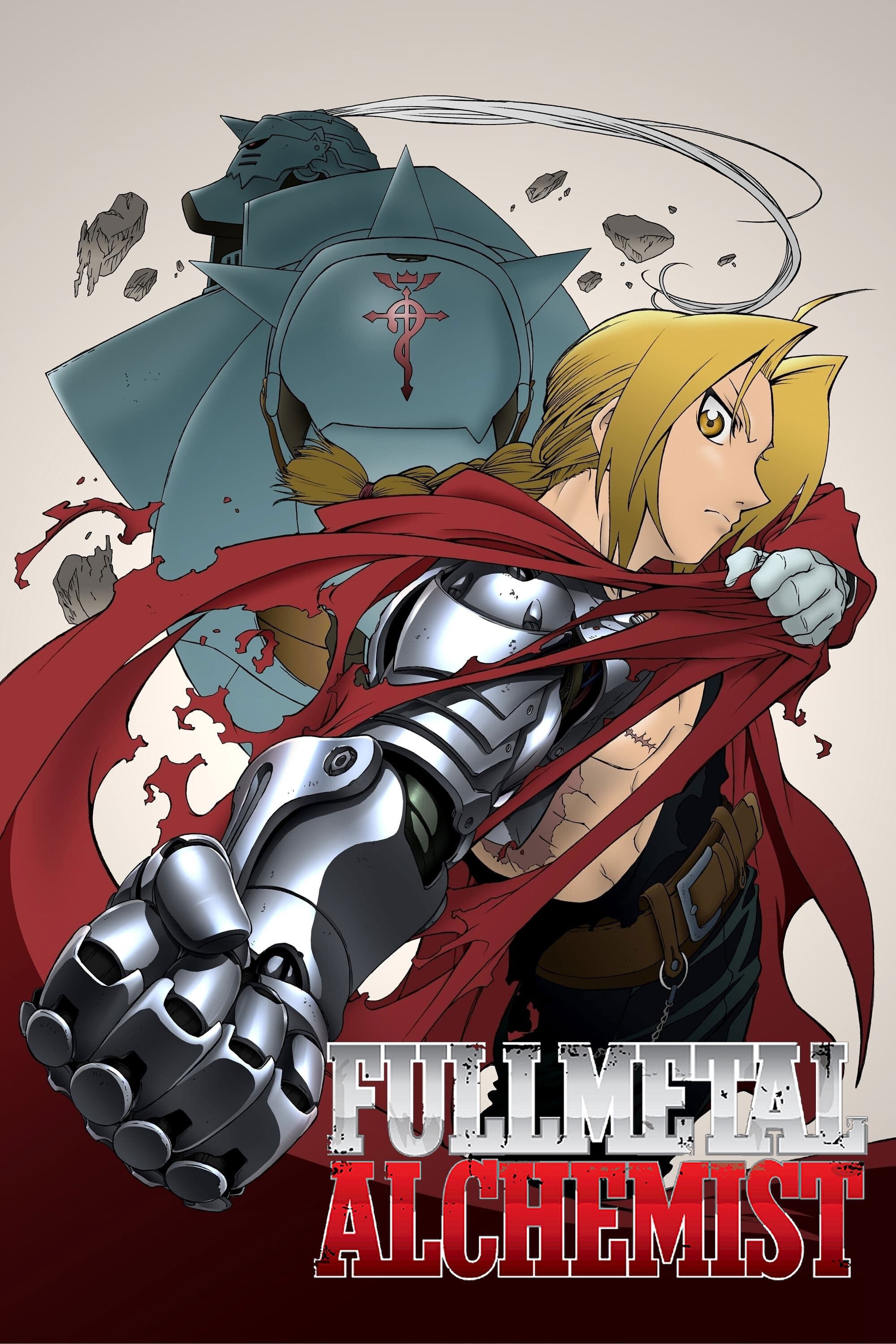
As a huge fan, what always struck me about this song’s video is how perfectly everything moves with the music! The way the special effects – like those glowing circles – and quick cuts match the fast pace is incredible. It really helped the band break into the mainstream during that big anime wave in the early 2000s. And visually, it’s packed with so much – you go from gears to desert trains to military stuff all in a matter of seconds! Plus, the chorus always hits with those iconic shots of the characters, which you ended up seeing everywhere – on posters, DVD covers, the whole nine yards.
‘Mob Psycho 100’ (2016) – “99” by MOB CHOIR
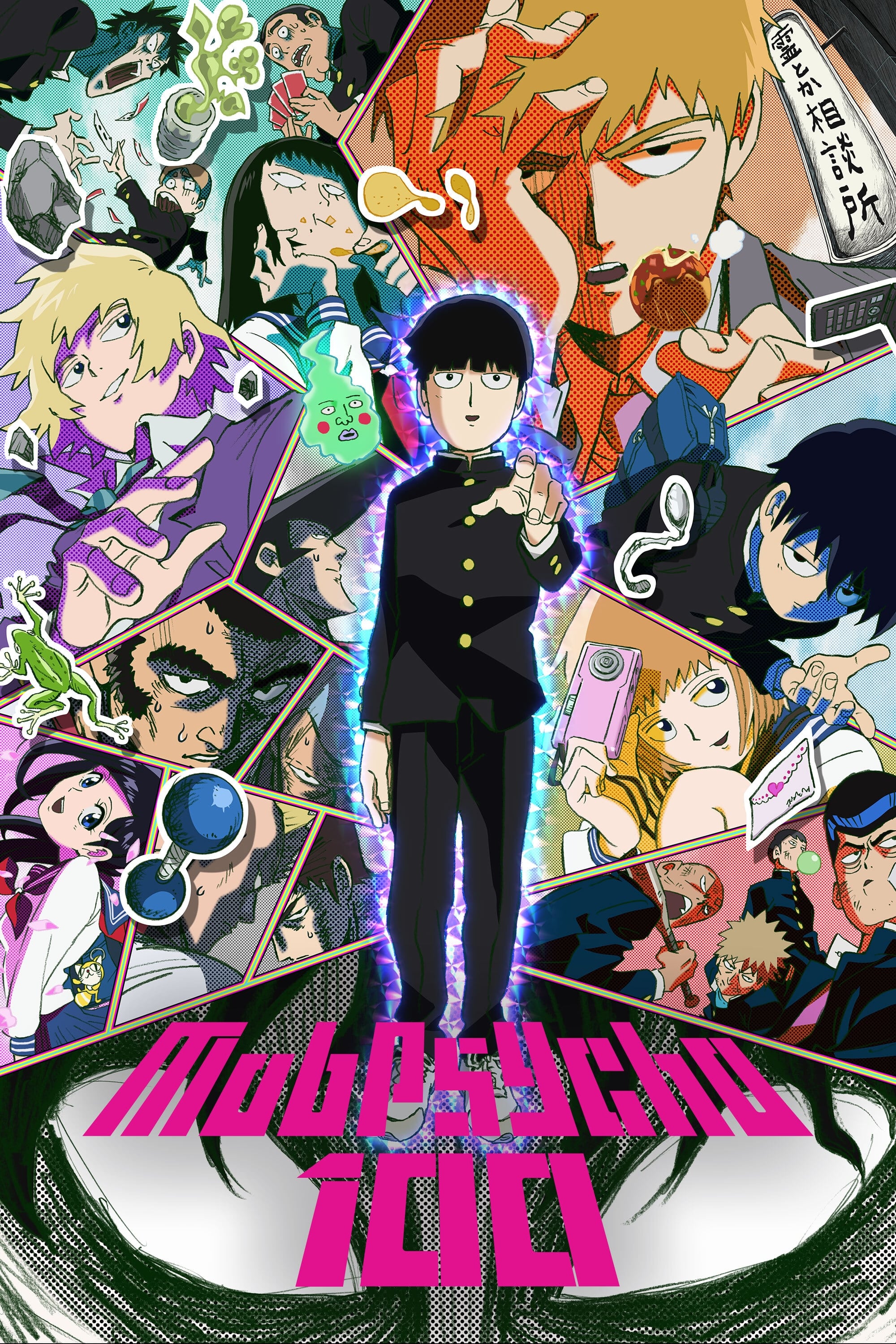
Bones’ new track combines fluid, animated movements with painted effects and a visual countdown that peaks with the song’s chorus. The song’s structure features back-and-forth vocals that mirror the increasingly intense visuals. The video uses swirling psychedelic effects, displays of telekinesis, and layered silhouettes to show the growing power of the character Mob. The video’s timing and text are designed to loop seamlessly, making it popular for fan-made music videos.
Share your favorite anime openings—and which ones outshine their shows—in the comments!
Read More
- Broadcom’s Quiet Challenge to Nvidia’s AI Empire
- Gold Rate Forecast
- METH PREDICTION. METH cryptocurrency
- How to Do Sculptor Without a Future in KCD2 – Get 3 Sculptor’s Things
- Trump Ends Shutdown-And the Drama! 🎭💸 (Spoiler: No One Wins)
- Odyssey of Avalanche: DeFi’s New Darling, Zero Lockups! 🚀🎩
- South Korea’s KRW1 Stablecoin Shocks the Financial World: A Game-Changer?
- Shiba Inu’s Netflow Drama: Bulls, Bears, and 147 Trillion SHIB
- Floki Price Prediction: FLOKI Extends Downtrend as Sell-Side Volume Dominates
- Braze: A Gamble in the Shadows of a $21M Bet
2025-11-20 17:22